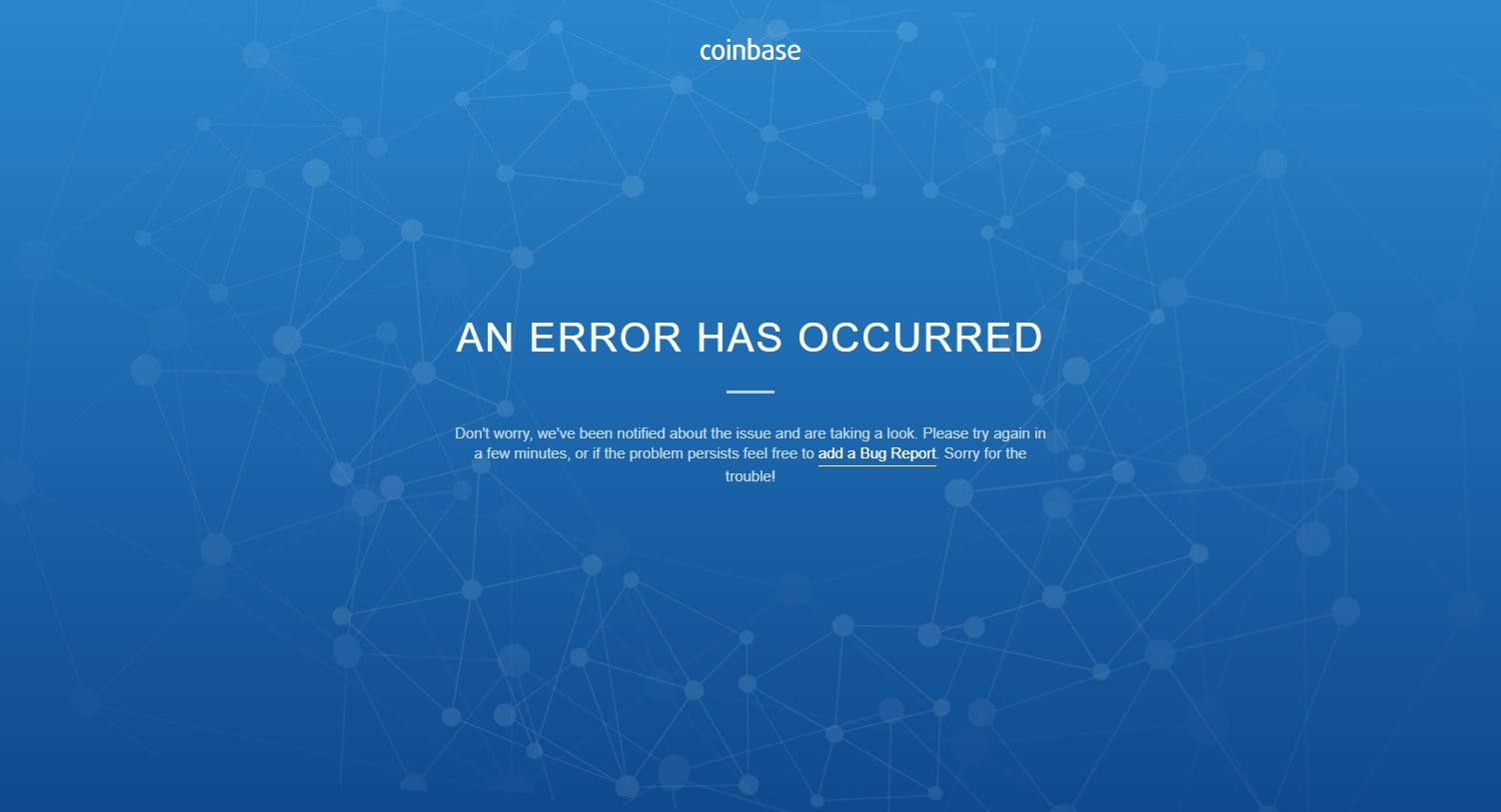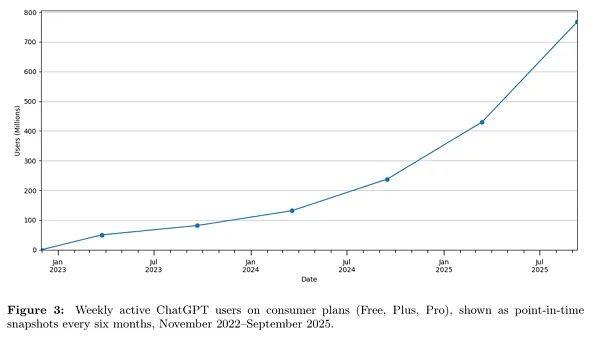Face Supply Chain Disruptions : Work Smarter, Not Harder
Supply chain disruptions are nothing new. However, since the beginning of the COVID-19 pandemic, supply chain disruptions have become more common. At first, these issues caused major shortages throughout the country. Now, shortages are still occurring along with inefficient...

Supply chain disruptions are nothing new. However, since the beginning of the COVID-19 pandemic, supply chain disruptions have become more common. At first, these issues caused major shortages throughout the country. Now, shortages are still occurring along with inefficient shipping processes.
These issues have forced business owners to struggle with ways to stay afloat. Delays, interruptions, and cancellations have made it nearly impossible to keep up with demand while avoiding wasteful spending.
However, some things simply aren’t within your grasp when it comes to supply chain disruptions. On the other hand, you can work smarter to address them. You’re responsible for how your business responds to these disruptions, and with better approaches, things will run more smoothly.
With that in mind, let’s look at how your business can deal with supply chain disruptions. You can create a sense of hope in this digital world as things slowly start to return to normal and the supply chain issues start to balance out.
Use Data Analytics to Survive Supply Chain Disruptions
Collecting clean data and putting it to use can improve everything from customer service to your marketing endeavors. It can also be used to mitigate the effects of a supply chain crisis. Developing innovative data solutions can keep your business afloat and even help it grow during uncertain conditions.
Different Data Methods for Supply Chain Disruptions
To start using data to your advantage during supply chain disruptions, consider these methods:
Take a look at demand trends. You can look at customer orders and purchasing trends over the last year. This will give you a better idea of how much to order and how often to counteract supply chain disruptions. Organize your data. This also makes it easy to look at your current inventory and open order allocations. You can compare your inventory and orders with data provided by production teams or vendors to create a realistic timeline of when things will arrive or when they can be shipped out to customers. Pay attention to demand volatility. People aren’t necessarily hoarding items as they did at the beginning of the pandemic. However, there are still some things consumers are regularly purchasing to prepare themselves for the future. As you look at data relating to the current supply of popular products, as well as data from the manufacturers, it will be easier to keep a steady flow of those products in stock.While looking at data might not sound like an immediate plan of action during turbulent times, it’s easier to make positive changes and work smarter in the face of supply chain disruptions when you have the right information.
Build Your Brand to Withstand Supply Chain Disruptions
It’s difficult to focus on anything but the supply chain issues affecting so many businesses right now. However, retting over those issues isn’t going to get you anywhere. By shifting your focus and putting your energy into supply chain disruptions, your business can move forward.
Building a brand isn’t easy, which is why it requires a lot of time, attention, and focus. Taking this time to hone in on your marketing is a great way to make your business more of a household name. That kind of brand recognition is exactly what companies need right now to stay afloat when supply chain disruptions occur. You can build your brand awareness and identity (stickeryou dot com), in a variety of ways, including:
Defining your company values Understanding your audience Determining what sets your business apart Creating brand guidelinesOnce you have a strategy in place to grow your brand, utilize things like logo creation, social media, and special events to grow your name and help your customers understand who you are.
Build Consumer Relationships Despite Supply Chain Disruptions
Even if you’re facing supply chain issues, you can build relationships and establish trust with consumers. Today’s consumers desire relationships with businesses more than ever before, so it’s okay to show the “human” side of your brand as often as possible. That can make it easier to provide positive customer service experiences when you’re facing product shortages and delays.
Communication with your customers is one of the best ways to deal with frustrations over delays and supply chain issues, so be transparent. Make it a part of your identity. When you make sure your audience knows about the issues you’re facing and keep them updated about shipping information (including delays), they’re more likely to be understanding and patient.
Prepare to Handle Disruptions to Your Supply Chain
Supply chain disruptions are all but inevitable. Make sure your business has a backup plan and is prepared to deal with them when they arise.
If you don’t have one already, consider establishing an emergency management center within your business. Once you have a team in place, you can offer them previously collected supply chain data and create a plan of action. This will make it easier for them to create an effective strategy while reducing the risk of miscommunication that’s often associated with supply chain disruptions.
You should also create a backup plan that incorporates the existing suppliers that can adapt with you when disruptions happen. It should also include technology exploration. Tech, such as AI, can make a big difference in the future of your business – even if it forces you to change some of your existing supply chain processes.
Be Patient During Supply Chain Disruptions
Additionally, try to be patient when disruptions occur. This isn’t the first time the world has seen supply chain issues, but they’re more unsettling now since there’s no end in sight. As someone involved in business, take heart in knowing these delays and disruptions won’t last forever.
In the meantime, focus on working smarter, not harder — to navigate supply chain disruptions. By mitigating some of the issues, being smart with data collection, and focusing on boosting the strength of other areas of your business, you’ll be able to get through these disruptions more comfortably. You may even come out on the other side with more resiliency and knowledge.
Featured Image Credit: Provided by the Author; Mika Baumeister; Unsplash; Thank you!
Amanda Winstead
Amanda Winstead is a writer from the Portland area with a background in communications and a passion for telling stories. Along with writing she enjoys traveling, reading, working out, and going to concerts. If you want to follow her writing journey, or even just say hi you can find her on Twitter.

 BigThink
BigThink 
































